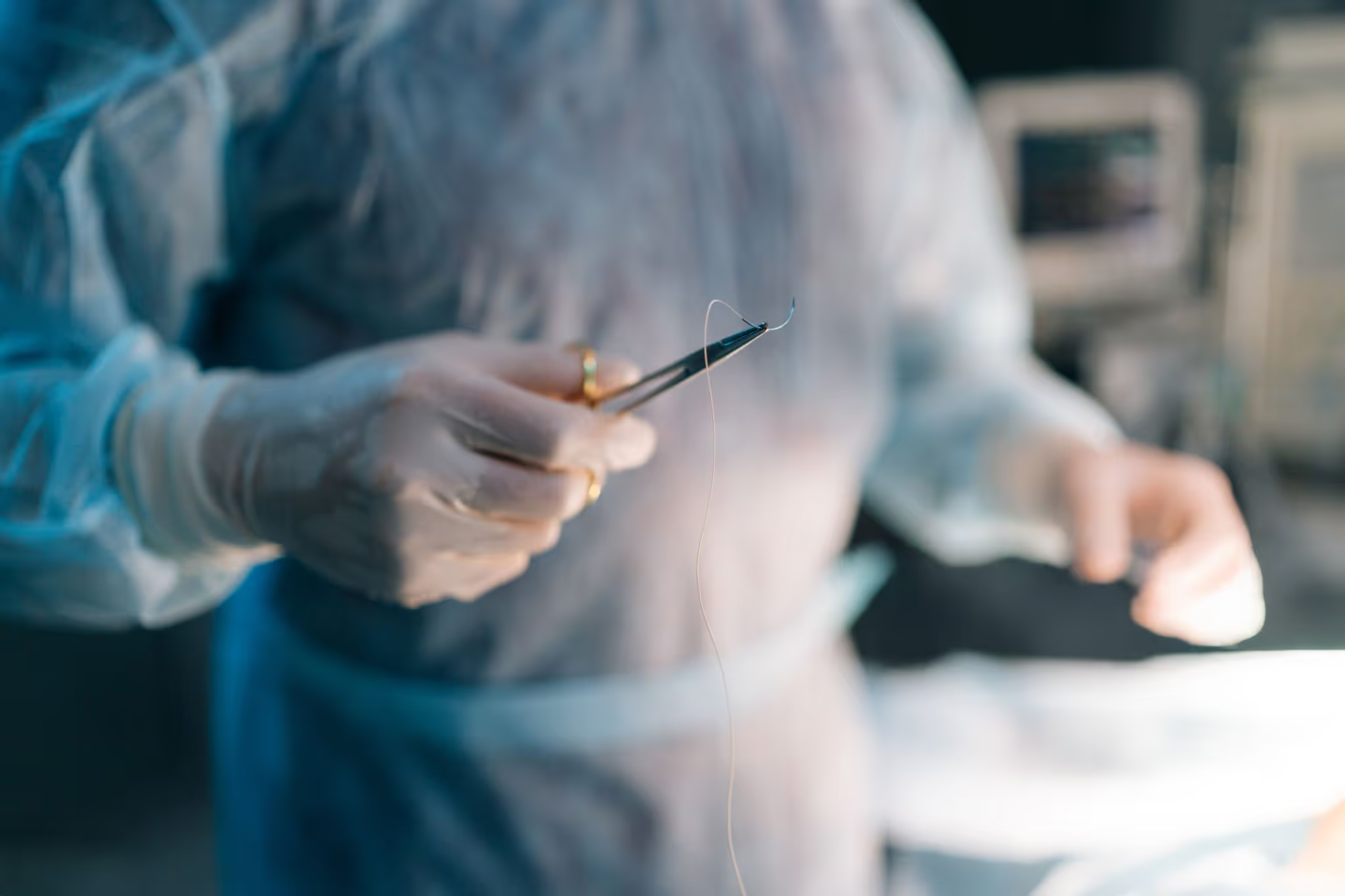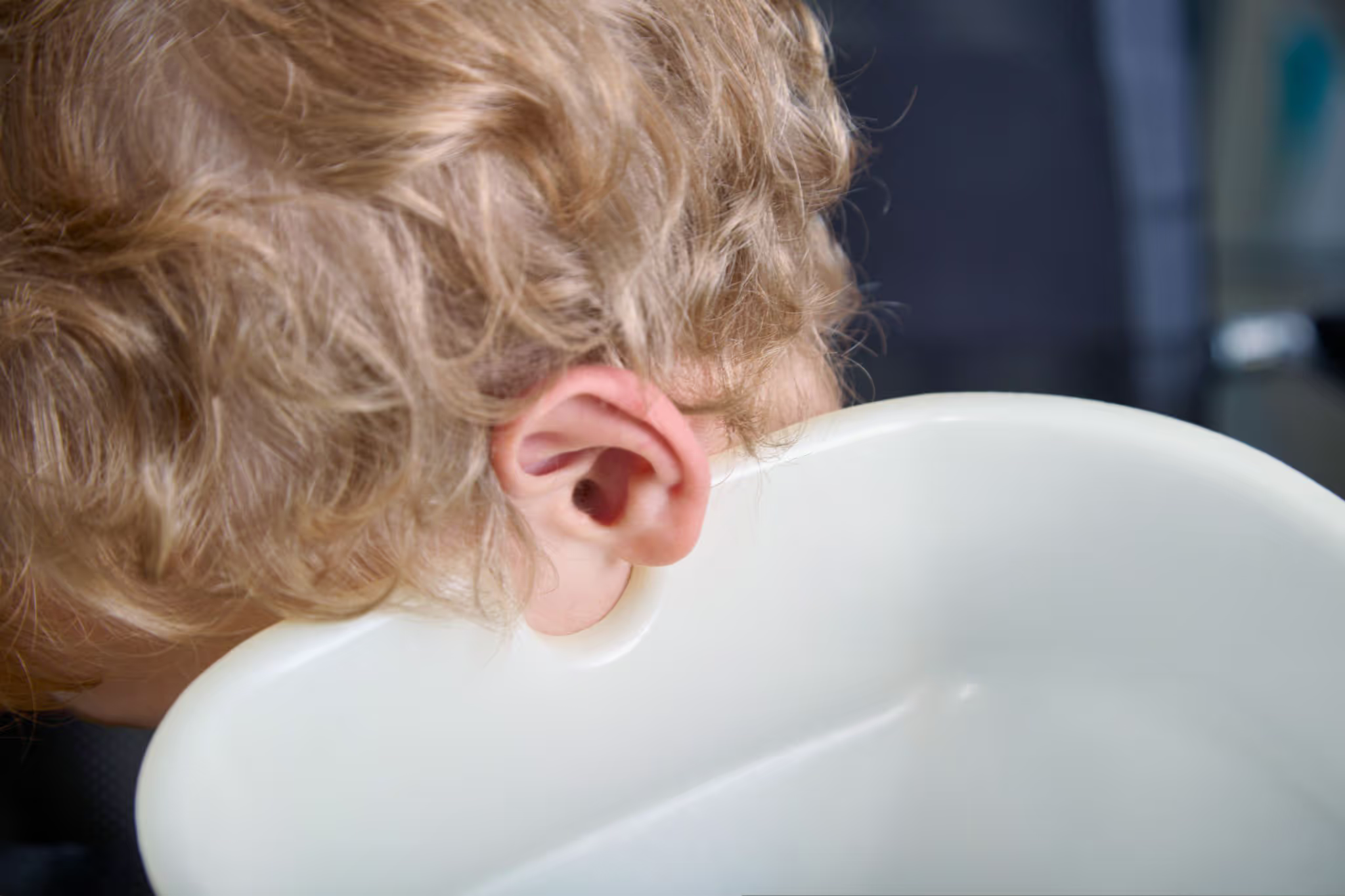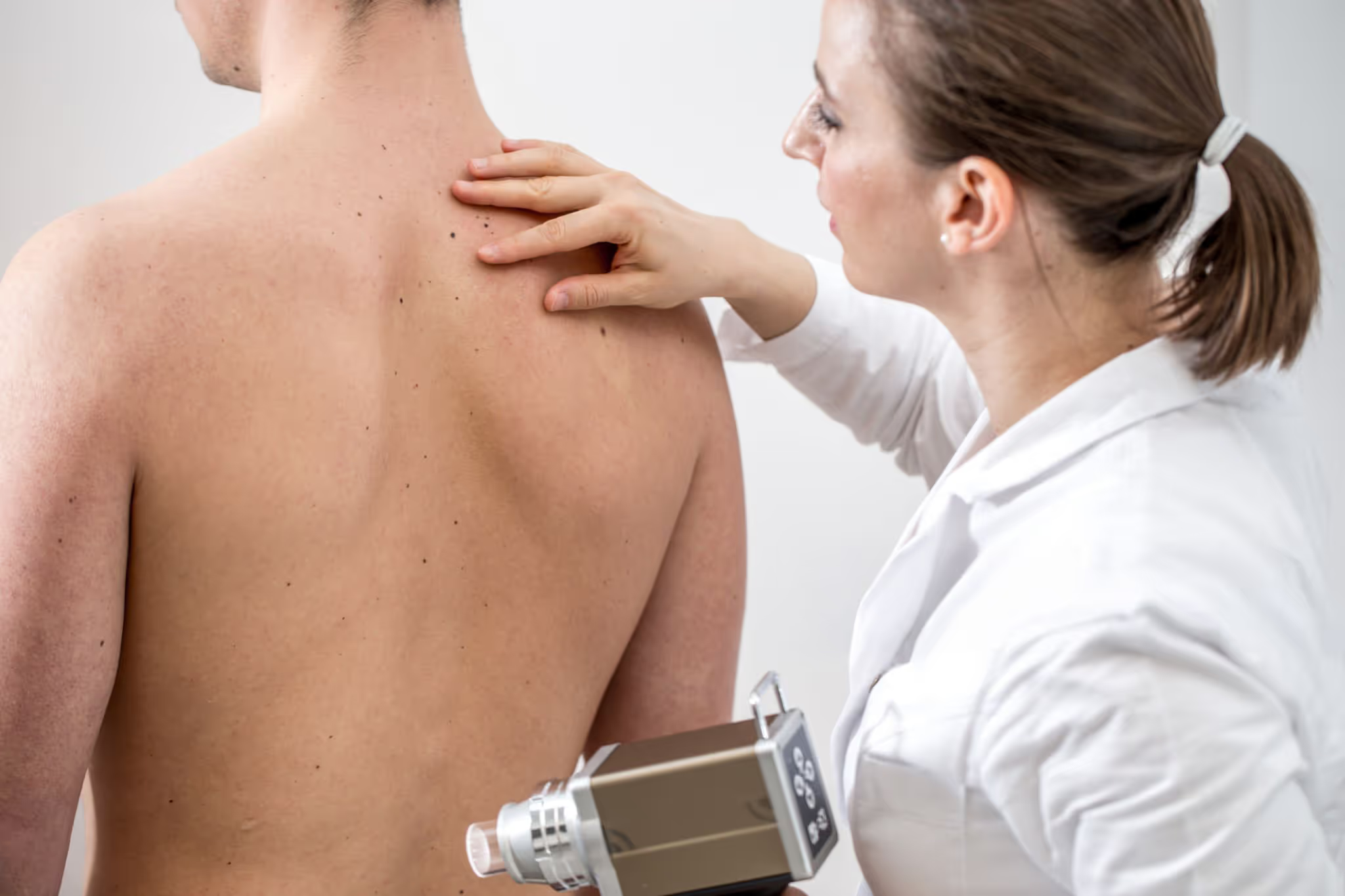Minor Injury Suturing Services in Edmonton

Treatment Overview
At Cure MD, we provide expert suturing and wound care services for patients with cuts, lacerations, surgical wounds, and other injuries requiring medical closure. Whether caused by an accident, sports injury, or post-surgical need, proper wound closure is critical for minimizing infection risk, promoting optimal healing, and reducing scarring.
Our trained medical team performs sutures using sterile technique and precision care, ensuring your wound is cleaned, evaluated, and closed effectively. We also provide post-procedure instructions and follow-up care, including suture removal, to support a smooth recovery.
Walk-in and same-day appointments are available for acute injuries. Whether it’s your child’s playground accident or an after-hours cut, our team is here to offer prompt and professional care in a safe, supportive environment.
What to Expect During a Suture Appointment
We take every precaution to ensure your visit is efficient, comfortable, and handled with expert care. During your appointment, you can expect the following:
- Wound Cleaning and Assessment
We will clean the wound to remove debris or bacteria and examine the depth, shape, and location of the laceration to determine the most effective closure method. - Suturing or Alternative Closure
Depending on the nature of the injury, we may use traditional sutures (stitches), dissolvable sutures, or medical-grade adhesives like Steri-Strips or skin glue. - Local Anesthesia
A numbing agent is applied or injected into the surrounding tissue to minimize discomfort during the procedure. - Tetanus Update
For deeper or contaminated wounds, we may recommend a tetanus booster if your immunizations are not current. - Aftercare Instructions
You’ll receive written and verbal instructions for cleaning, dressing changes, and signs of infection to monitor at home. - Follow-Up Plan
We’ll book a follow-up appointment or provide a return date for suture removal typically 5 to 14 days depending on the body area.
We prioritize fast service, patient comfort, and proper technique to ensure a clean, well-healed outcome with minimal scarring.
Common Reasons You May Need Sutures
Stitches are often required when a wound is too deep or wide to heal on its own. Here are some of the most common situations we treat:
- Accidental Cuts and Lacerations
Injuries from knives, broken glass, tools, or sharp objects - Sports Injuries
Wounds sustained during contact sports or athletic activities - Head, Face, and Scalp Lacerations
Areas that tend to bleed heavily and require careful closure to reduce scarring - Joint or Moving Areas
Cuts on elbows, knees, hands, or fingers that would reopen without stitches - Post-Surgical or Medical Removals
Skin excisions, biopsies, or mole removals requiring suture closure - Children’s Injuries
Kids often need sutures for chin, forehead, or scalp cuts after falls
Our team handles minor to moderate injuries that require stitches and can advise on whether a hospital visit is necessary for more severe trauma.
When to Seek Care for a Wound or Laceration
You should book a suture appointment or walk in if you experience any of the following:
- Bleeding that doesn’t stop after 10 minutes of pressure
- A wound deeper than ¼ inch or longer than ½ inch
- Visible fat, muscle, or bone in the wound
- Jagged, gaping, or split edges
- Facial or scalp lacerations
- Dirty wounds or those caused by rusted/dirty objects
- Pain, swelling, or signs of infection in an existing wound
Prompt wound care improves healing outcomes and reduces the chance of complications. If in doubt, call us for guidance.
Your Questions, Answered
How long do sutures stay in before removal?
Sutures are typically removed in 5–14 days, depending on the area of the body and how quickly the skin heals. For example, facial stitches may be removed sooner to reduce scarring, while stitches over joints may remain longer for added strength.
Your provider will give you a specific timeline based on your wound and overall healing progress. It’s important not to remove stitches too early, as it can cause the wound to reopen.
Does getting stitches hurt?
We apply a local anesthetic before suturing to numb the area. Most patients feel only slight pressure or tugging during the procedure. If you’re nervous or have low pain tolerance, let us know, we're here to make the process as comfortable as possible.
After the anesthetic wears off, mild soreness is normal and can be managed with over-the-counter pain relievers. We also provide tips to keep the wound clean and minimize discomfort while healing.
Will I have a scar?
Some scarring is expected with any deep cut or wound. However, professional suturing helps align the skin properly for optimal healing, minimizing long-term scarring. Following aftercare instructions also plays a key role in the appearance of the final result.
We may also recommend scar-reducing treatments or creams once the wound is fully closed. Keeping the area out of direct sunlight during healing can help reduce discoloration.
Can kids get stitches at Cure MD?
Yes. We regularly see pediatric patients for cuts, falls, and minor injuries. Our team is experienced in working with children and can provide a gentle, reassuring approach to make the experience easier for them and for you.
We use distraction techniques and a calm environment to help children feel safe. Parents are encouraged to stay close by during the procedure for added comfort.
Do you offer dissolvable stitches?
Yes, we use both dissolvable and non-dissolvable sutures depending on the location and type of wound. Dissolvable stitches are commonly used for internal areas or areas where stitch removal would be difficult.
They usually dissolve within 1–4 weeks without the need for a follow-up removal appointment. Your provider will explain which type is best for your specific injury.
Is this service covered by Alberta Health?
Yes. Suturing services for medically necessary wound closure are typically covered by Alberta Health. If your visit includes elective or cosmetic procedures, or if any private-pay elements are involved, we’ll advise you of any costs upfront.
Coverage may vary depending on the nature of your visit, so it’s always best to confirm beforehand. Our team can assist in checking your eligibility before treatment.
Can I just use glue or tape instead of stitches?
Not all wounds are suitable for adhesive closure. We will assess whether a wound can be closed with glue or Steri-Strips instead of stitches based on depth, tension, and location. Sutures are often the safest and most reliable method for clean healing.
Using the wrong closure method can lead to poor healing or infection. We’ll guide you on the most effective treatment for your specific injury.
How should I care for my stitches at home?
Keep the area clean and dry for the first 24–48 hours, unless your provider advises otherwise. After that, gently clean with mild soap and water, and cover with a fresh, sterile bandage as directed.
Avoid picking at scabs or pulling on stitches to prevent reopening the wound. We’ll provide detailed aftercare instructions to help ensure optimal healing and reduce scarring.
Ready to start your treatment journey?
Have questions or ready to book a consultation? Fill out the form below and our team will be in touch shortly.



